Launched in 2011, the Mississippi Freedom Trail brings history to life, honoring key figures and sites of the Civil Rights Movement. “The Mississippi Freedom Trail is not just a collection of historical sites — it’s a journey through the heart of our state’s rich Civil Rights legacy. Visitors can expect to walk in the footsteps of those who fought for equality, justice, and freedom,” says Visit Mississippi Director Rochelle Hicks.
Whether you’re a Mississippi resident or just passing through, the trail provides a powerful doorway into history. Check out these 11 must-see stops to help you plan your route!
Medgar and Myrlie Evers Home National Monument
Location: Jackson
The Evers family moved into their home at 2332 Margaret Walker Alexander Drive in 1955. Medgar was a renowned Civil Rights leader, working as the NAACP field secretary, advocating for voting rights, and playing a pivotal role in ending segregation at the University of Mississippi. On June 12, 1963, he was killed in his driveway by White Citizen’s Council member Byron de la Beckwith. Evers would have celebrated his 100th birthday in July 2025, and his family home is now a National Historic Landmark.
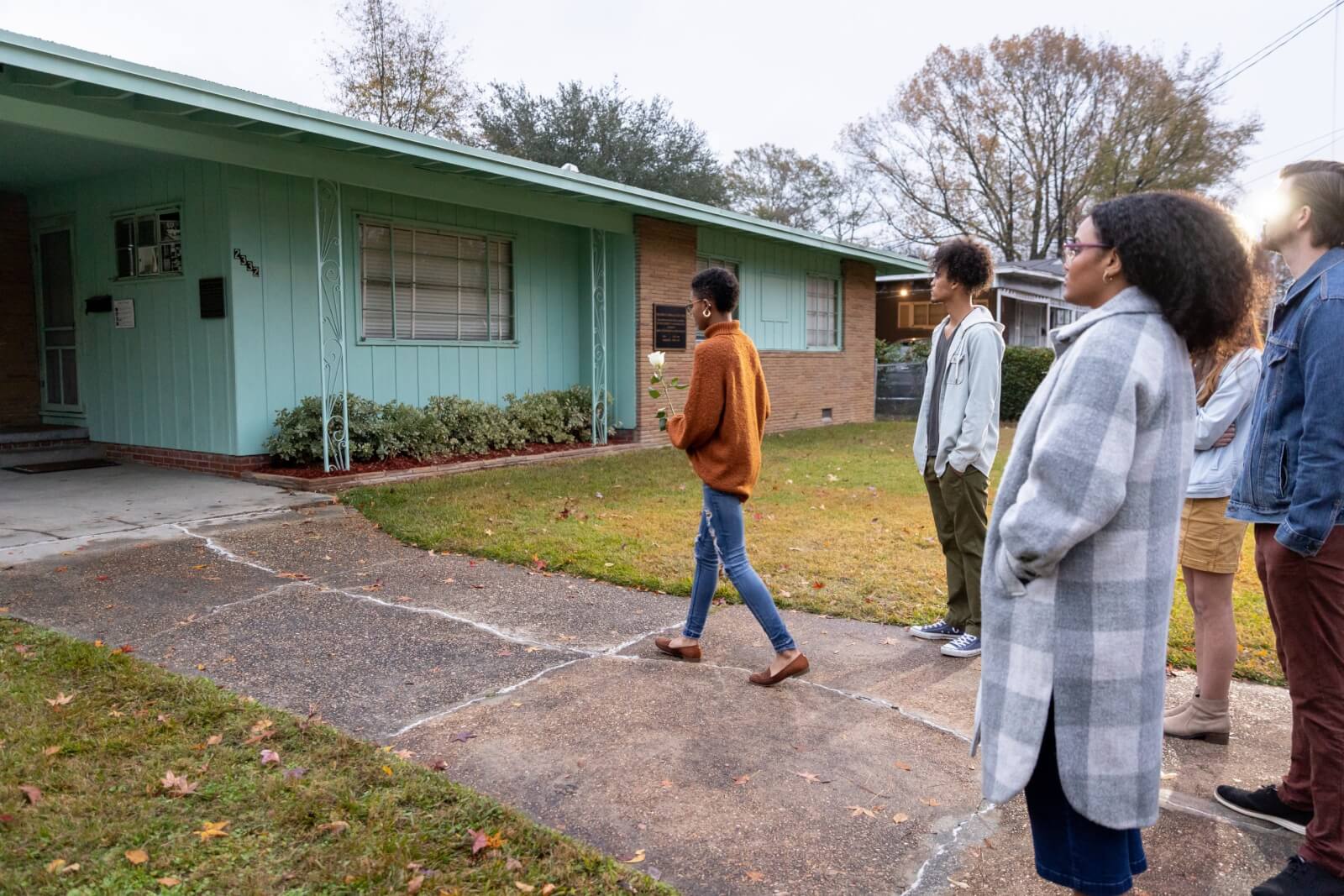
Greyhound Bus Station
Location: Jackson
The downtown Greyhound Bus Station hosted many displays of resistance throughout the movement, especially in the summer of 1961. Freedom Riders arrived at the bus station in May, and that summer, more than 300 people were arrested for protesting segregation and integrating Jackson’s public transportation. The following fall, the federal government ended interstate transport segregation.
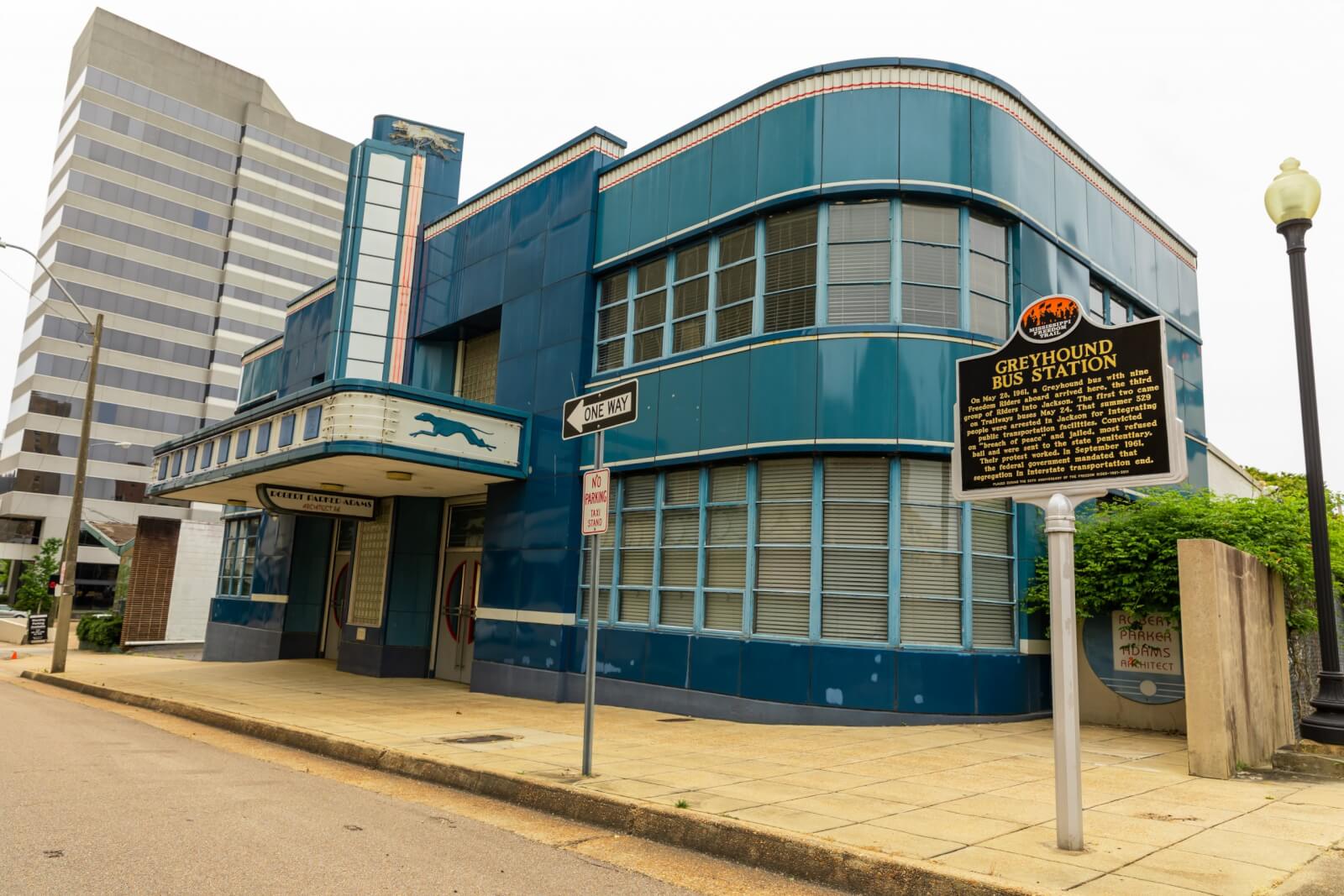
Mississippi State Capitol/Capitol Rally Site
Location: Jackson
Mississippi’s State Capitol was home to the largest Civil Rights demonstration in the state’s history in June 1966. James Meredith organized the “March Against Fear” to encourage Black Mississippians to vote, and the march was commemorated in a rally at the Capitol. At this rally, famous activists and leaders like Martin Luther King Jr. and Stokely Carmichael spoke alongside James.
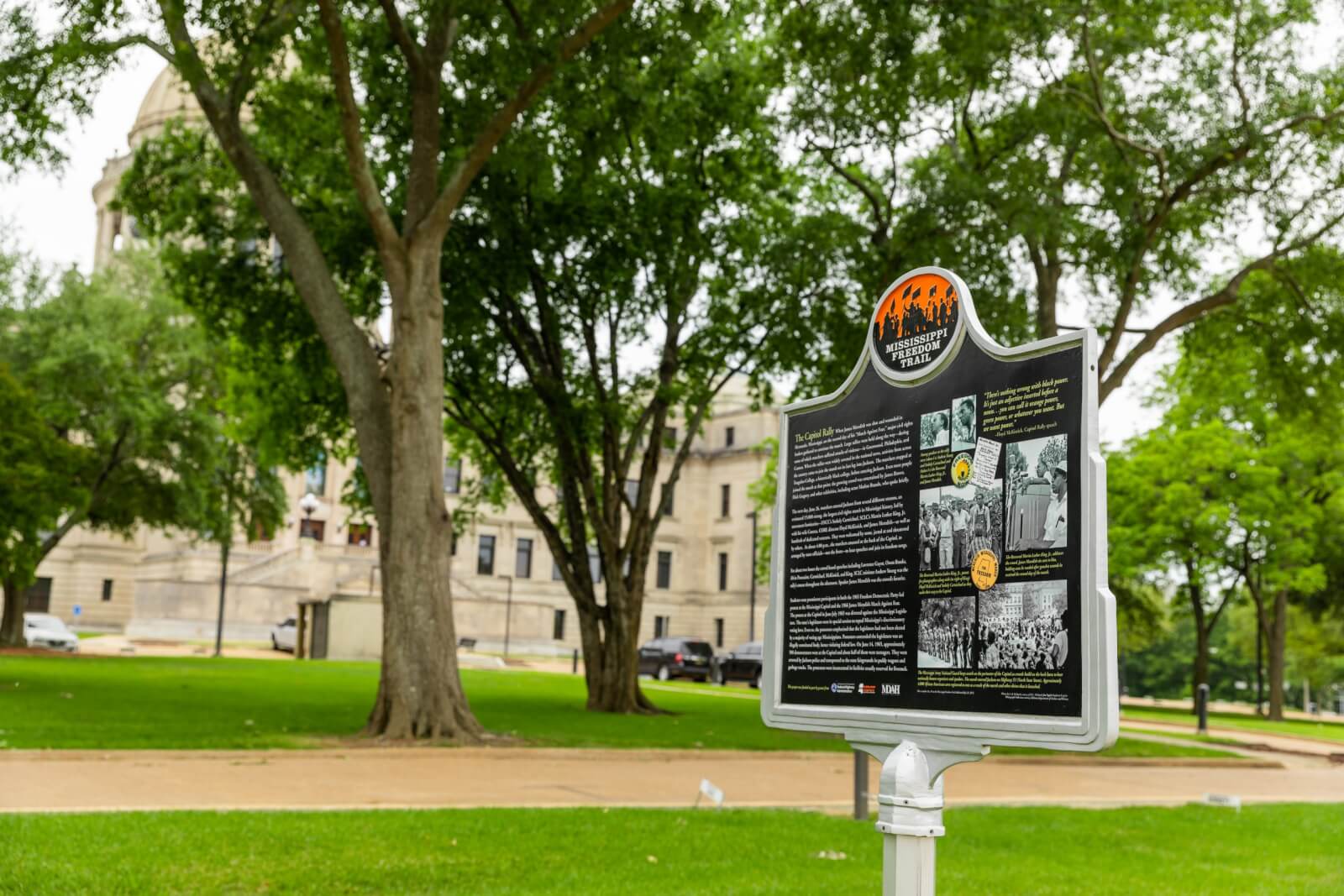
Two Mississippi Museums
Location: Jackson
More Info: twomississippimuseums.gov
While in Jackson, don’t miss out on the opportunity to deepen your knowledge at the Museum of Mississippi History and the Mississippi Civil Rights Museum! These connected museums each have eight galleries and contextualize the snippets of history you find on the Freedom Trail. Pro tip: plan your visit on a Sunday to take advantage of free admission!
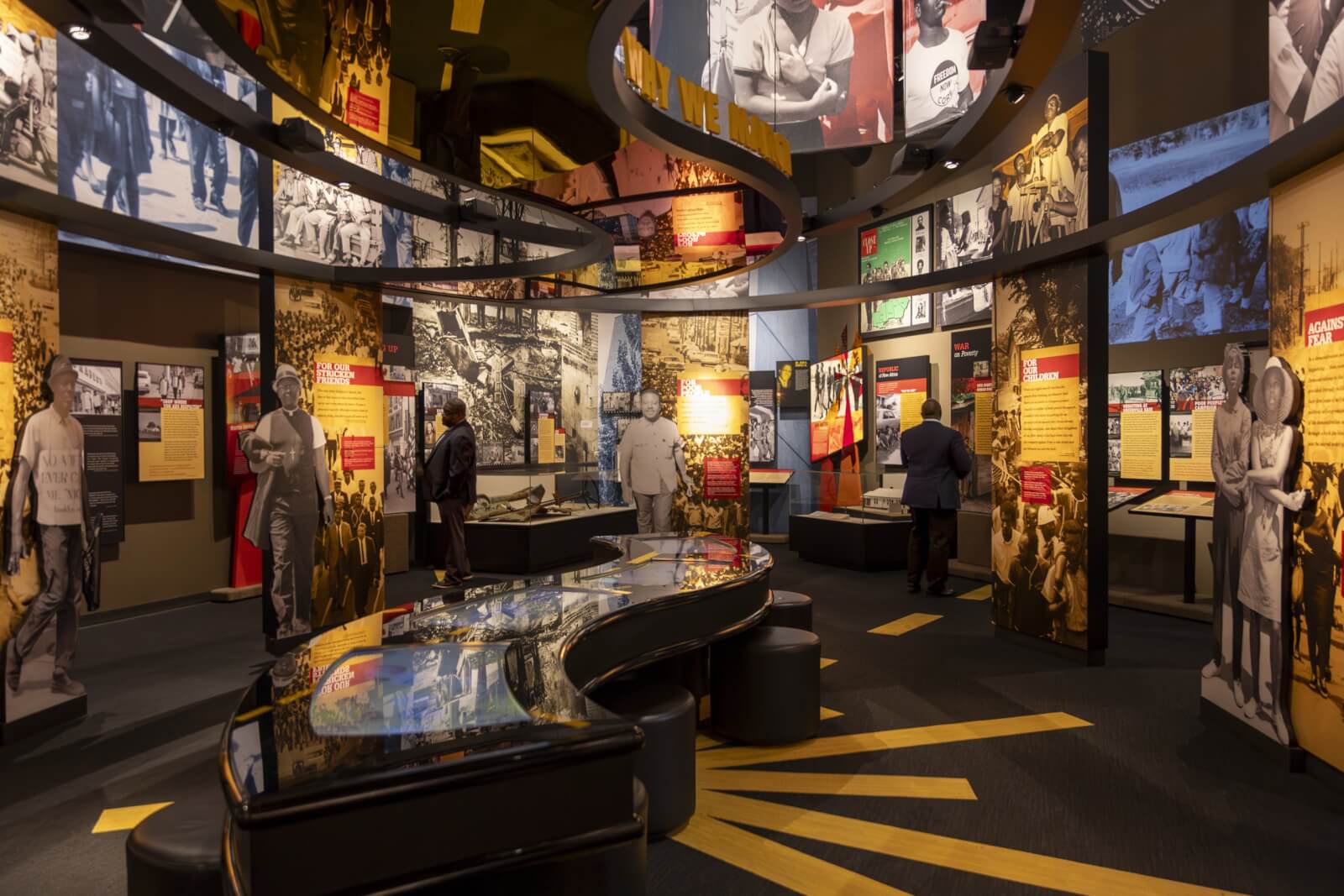
Natchez NAACP Headquarters
Location: Natchez
Dr. John Bowman Banks was the town’s first Black physician, and his home on St. Catherine Street became the headquarters for the Natchez NAACP in the 1960s. Many notable Civil Rights leaders passed through the house, including the President of the NAACP, George Metcalfe, and members of the Student Nonviolent Coordinating Committee.
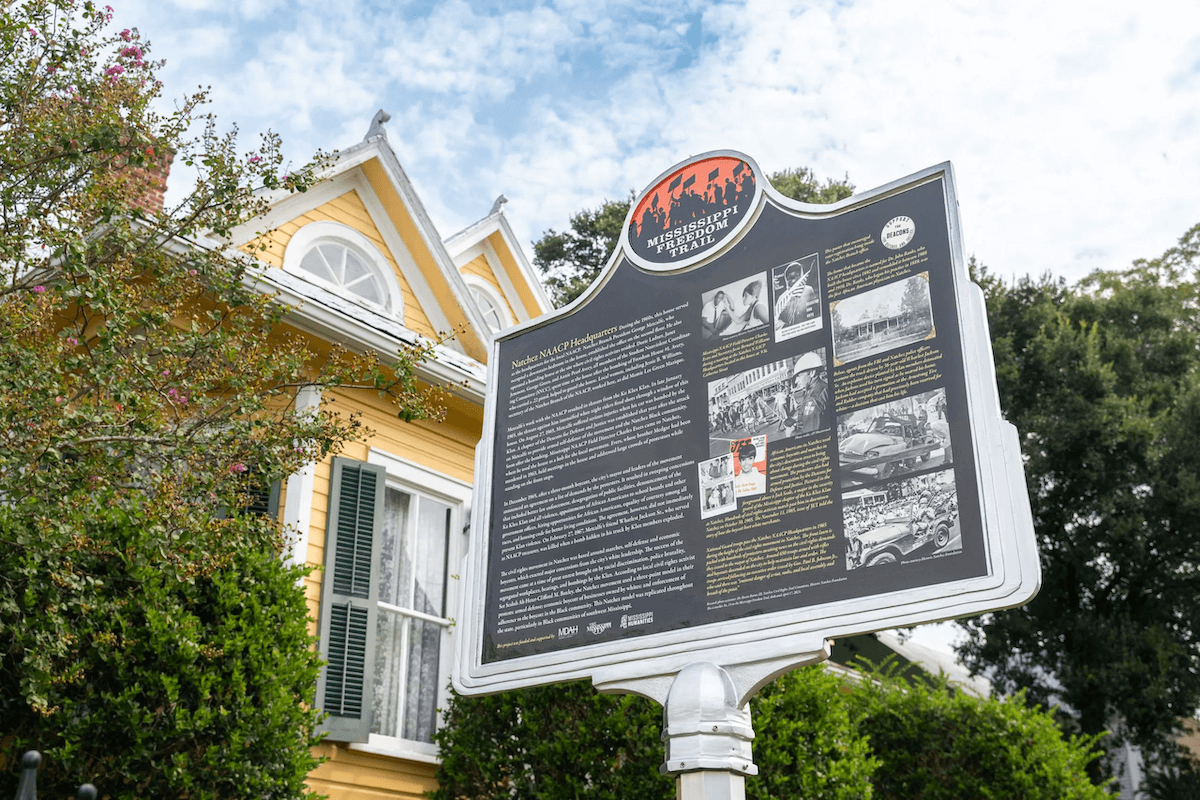
Mt. Zion Baptist Church
Location: Hattiesburg
“The Civil Rights Church” was a hub of activism and community throughout the Movement. As part of Freedom Summer, Mt. Zion Baptist Church hosted music lessons and “Freedom School,” filling in the gaps in African American history left by the public school system. Martin Luther King Jr. spoke to an audience at the church just two weeks before his assassination in 1968.
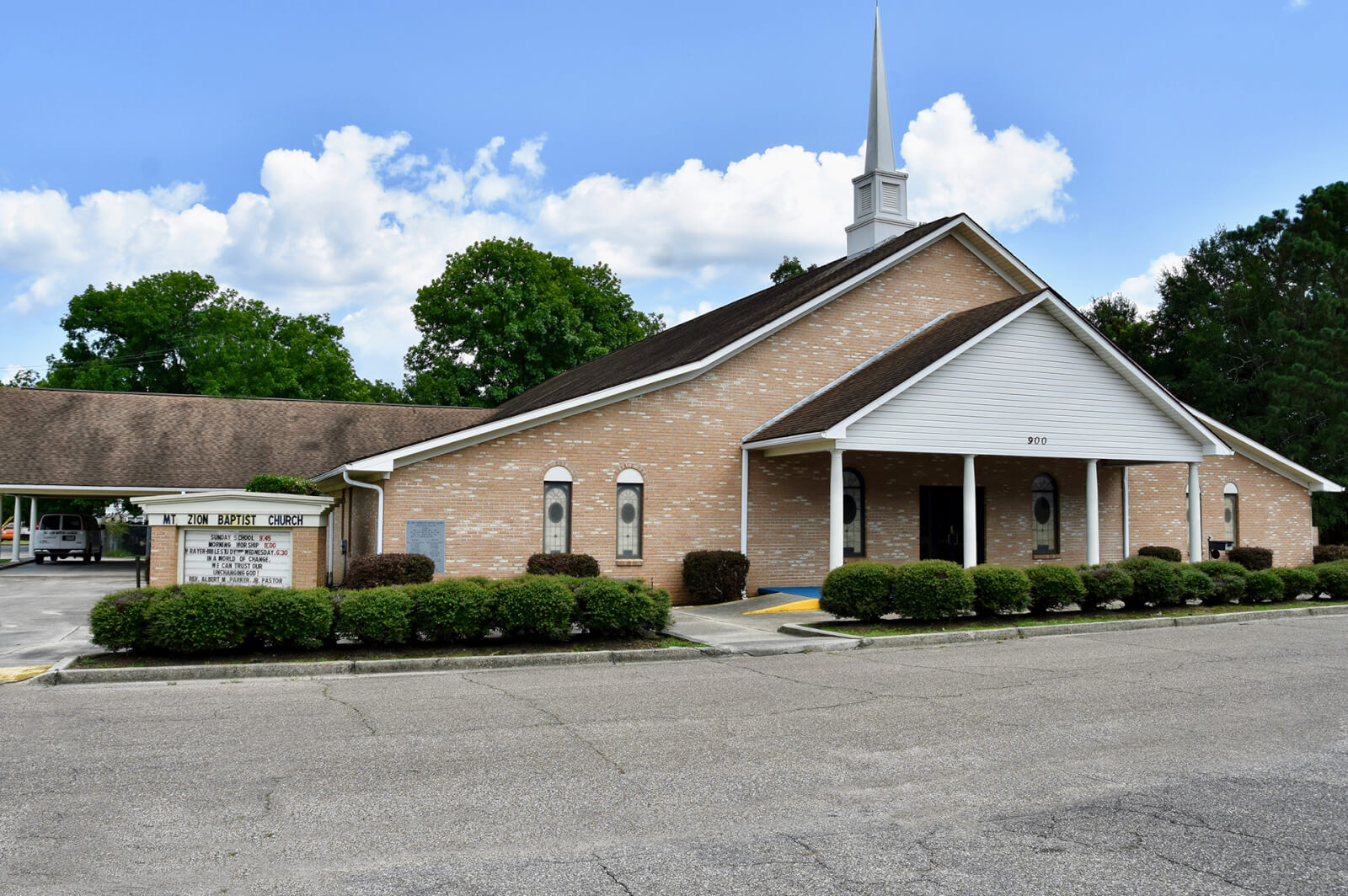
Vernon Dahmer Memorial
Location: Hattiesburg
Vernon F. Dahmer was a central leader of Freedom Summer, the voter registration campaign of 1964. He is famously known for saying, “If you don’t vote, you don’t count,” and worked tirelessly to amplify the voice of Black Mississippians. A farmer and grocery store owner, Dahmer also served as president of his local NAACP chapter. He and his family faced death threats, and in January 1966, their home was firebombed. His wife Ellie and their children survived, but Dahmer died in the hospital after suffering severe burns.

Fannie Lou Hamer Monument
Location: Ruleville
Born in Montgomery County, Mississippi, Fannie Lou Hamer grew up as the youngest of 20 children in Ruleville, MS. Hamer’s activism in the Civil Rights Movement was multifaceted, but she is most well known for co-founding the Mississippi Freedom Democratic Party. Passionately fighting for equal voting rights, she helped organize Freedom Summer and worked to register Black Mississippian voters. In January 2025, she was awarded the Presidential Medal of Freedom.
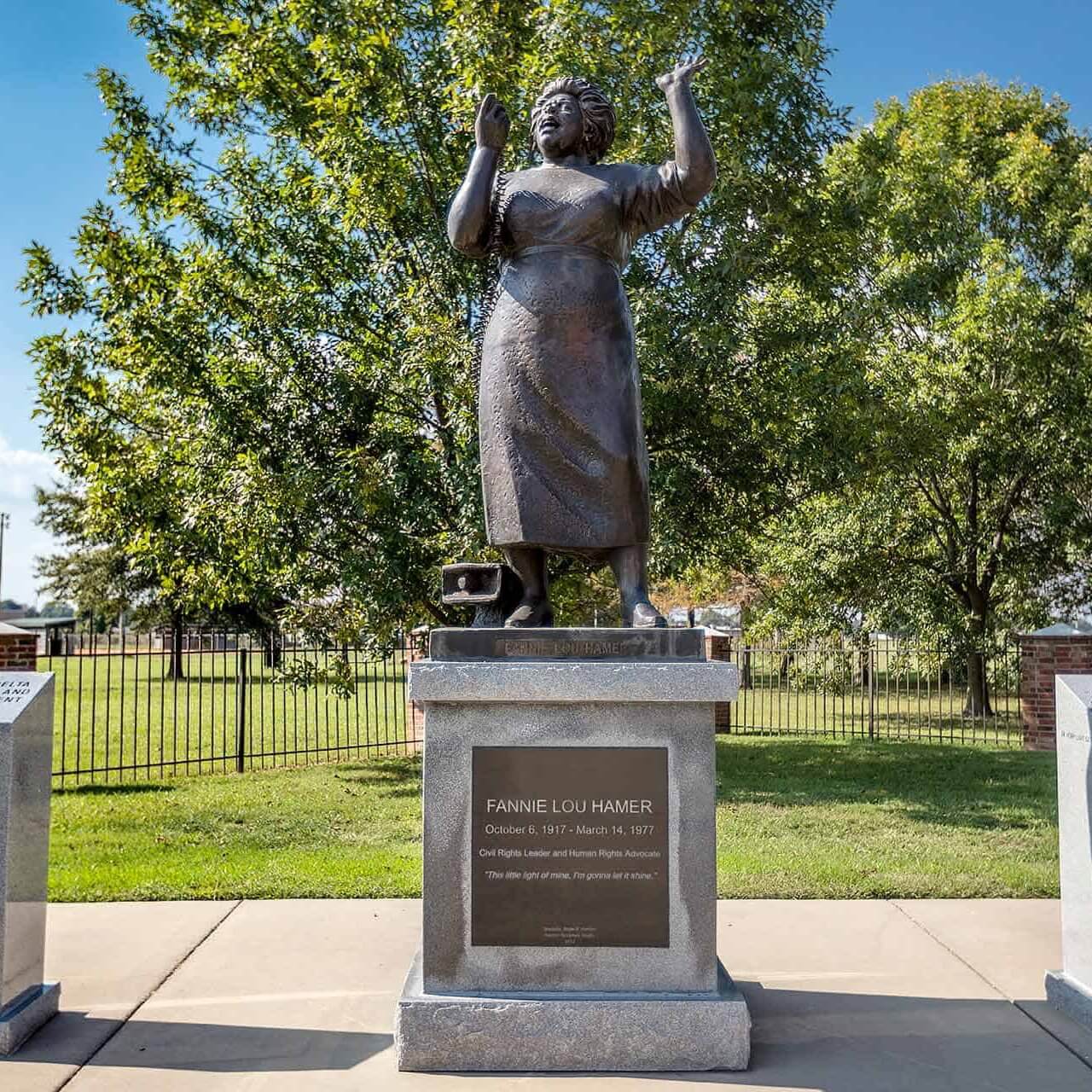
Grenada School Integration
Location: Grenada
A new marker in Grenada commemorates the integration of Grenada schools. In 1966, 150 Black children and Civil Rights activists walked to Lizzie Horn Elementary School and John Rundle High School. They were met by a violent mob of opposition, but their bravery and resilience resulted in strides in the fight for equal education.

Bryant’s Grocery
Location: Money
Perhaps the most iconic marker on the Freedom Trail is Bryant’s Grocery, just a few miles outside of Greenwood. Young Emmett Till entered the store to buy candy while visiting his family in August 1955. The store owner’s wife, a White woman, accused Till of whistling at her, and he was abducted, tortured, and killed soon after. Till’s murder swept the nation and sparked the American Civil Rights Movement in Mississippi and beyond.
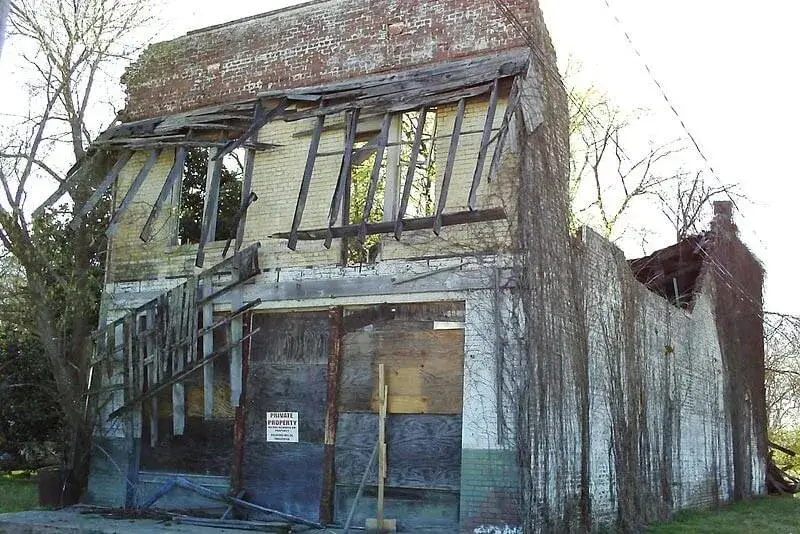
Benjamin Murph
Location: Laurel
Dr. Benjamin Murph served as the first vice president of the Lauren-Jones County NAACP in 1947 and later served as President. He was a dentist and active member in the Laurel-Jones County community, a Boy Scouts troop leader, and a Civil Rights leader. Murph worked with youth councils throughout the county and was dedicated to increasing voter registration.

This article was made possible by Visit Mississippi. For a complete list of markers along the Freedom Trail, check out the official website!
***********
Keep up with the best parts of life in the South. Subscribe to StyleBlueprint!


















